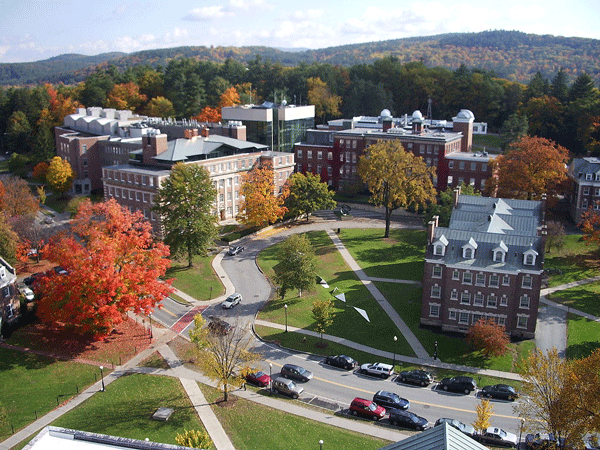What the “Other” Thinks of PR
Published on November 11, 2016, at 12:41 p.m.
by Megan Perkins.
Doctors save lives. Teachers educate students. Police officers fight crime. Public relations practitioners write press releases?
The entirety of the public relations profession cannot be summed up in one simple phrase. It’s a complex field that spans a wide range of industries and areas of expertise. Leaders in the profession have attempted to summarize public relations and narrow it down to one specific definition. The Public Relations Society of America defines public relations as “a strategic communication process that builds mutually beneficial relationships between organizations and their publics.”

Although most public relations students, educators and professionals are aware of this definition and understand it to its full extent, many others are unaware of its existence. Journalists, marketing analysts and students in other majors — all groups who work closely with public relations practitioners — aren’t necessarily taught the proper description of what someone in public relations does. This lapse of information obstructs public relations professionals from effectively doing their job.
So if these different publics are unaware of the PRSA definition, how do they define public relations?
What the journalist thinks
In order for public relations practitioners to effectively help their clients, they must establish good working relationships with journalists. Both parties benefit from these relationships: Public relations practitioners get their news out, and journalists get newsworthy stories handed to them.
In a survey performed by DWPub, more than 400 journalists were asked how they see the role of public relations. More than half of the respondents defined it “as a source of information that has to be placed into context by journalists.”
“PR is actually about reputation,” commented one of the respondents. “There are various elements to the job, but I understand that their job is ultimately to improve the reputation and exposure of their clients.”

Releasing positive information and promoting clients are often some of the goals of public relations practitioners. However, the job is more than building up reputation. The key factor journalists tend to miss is the relationship-building aspect. Public relations professionals work with journalists to create communication between their clients and their clients’ publics. It can be promotional communication, but it can also be informative of key changes or awareness for a cause.
Public relations practitioners write press releases in hope their clients’ voices will be heard and their publics will follow the call to action.
What the marketer thinks
Marketing and public relations are supposed to go hand in hand. If they’re doing their jobs right, both personnel should be engaged with one another to achieve integrated marketing communication. However, many common misconceptions about each other’s purpose can impede on this outcome.
“To me, marketing is more proactive, while PR tends to be a bit more reactive,” said Marjorie Clayman of Clayman Advertising Inc. “PR kicks in if there is news to report, a community that needs outreach or a new product to promote.”
Although Clayman accurately describes a few common objectives of public relations practitioners, her overall definition falls short. Public relations is just as proactive as marketing. The first half of the four-step process of public relations involves research and planning. Before any action or implementation of tactics can begin, public relations practitioners have to proactively analyze the situation and set out a plan to achieve their goals. Reacting to a crisis is only a small component of the field.
Wendy Barrett, the art director and owner of The Fuze Group, is a marketing specialist with a background in public relations. As someone with experience in both fields, she fully understands the necessary collaboration between the two communication experts.
“[Public relations practitioners and marketers need to] strategize together and create meaningful campaigns and stories that maintain the overall brand while individually creating interest,” Barrett said.
Barrett emphasized the significance of effective communication between marketers and PR experts, which is the mindset all marketing specialists should adapt to.
What other students think
As the public relations career is taught in classrooms at universities across the nation, students in classrooms of other areas of expertise develop their own idea of what the profession is.
“Interacting with the public in various ways,” said Gaby Nielsen, a biology major student at the University of South Carolina.
“A way companies communicate with media and society,” said Cate Coates, an accounting major student at The University of Alabama.
“Managing information and planning stuff,” said Natalie Costigan, a psychology major student at Illinois State University.
These vague definitions of public relations show the lack of understanding of the field at a young age. Nielsen compared the profession to the hit American Broadcasting Company series “Scandal.” Without a formal introduction to the profession, millennials only have popular television show characters and company spokespersons to rely on as examples of public relations professionals.
An expanding field because of the introduction of the digital age, public relations is often misunderstood. Unlike the obvious careers that have been around for centuries, it is constantly evolving, which in turn changes its definition. Public relations practitioners may never be able to fully communicate what their role is, but they should at least work to help some of their key publics, such as journalists, marketers and other students, have a better understanding. Only then will optimum success be achieved.





